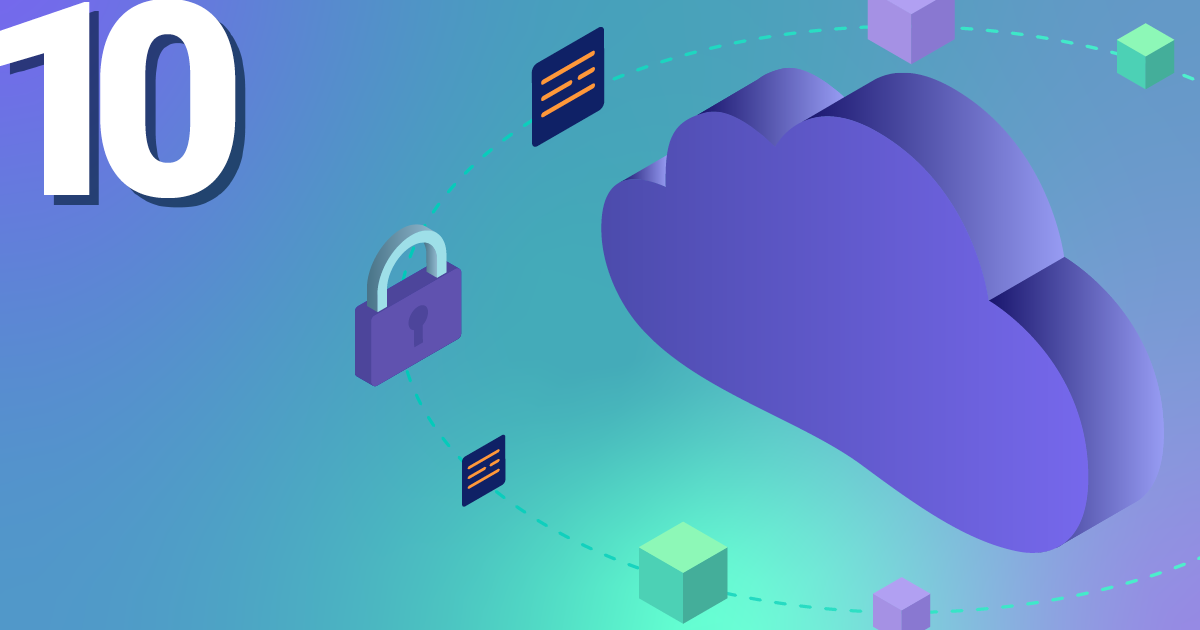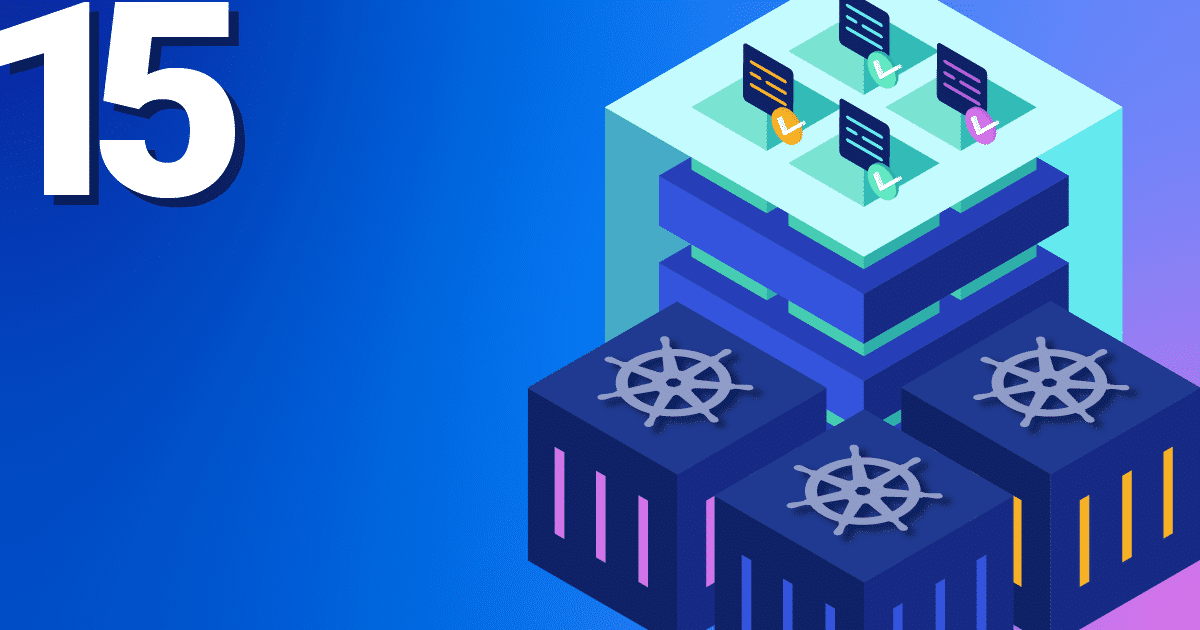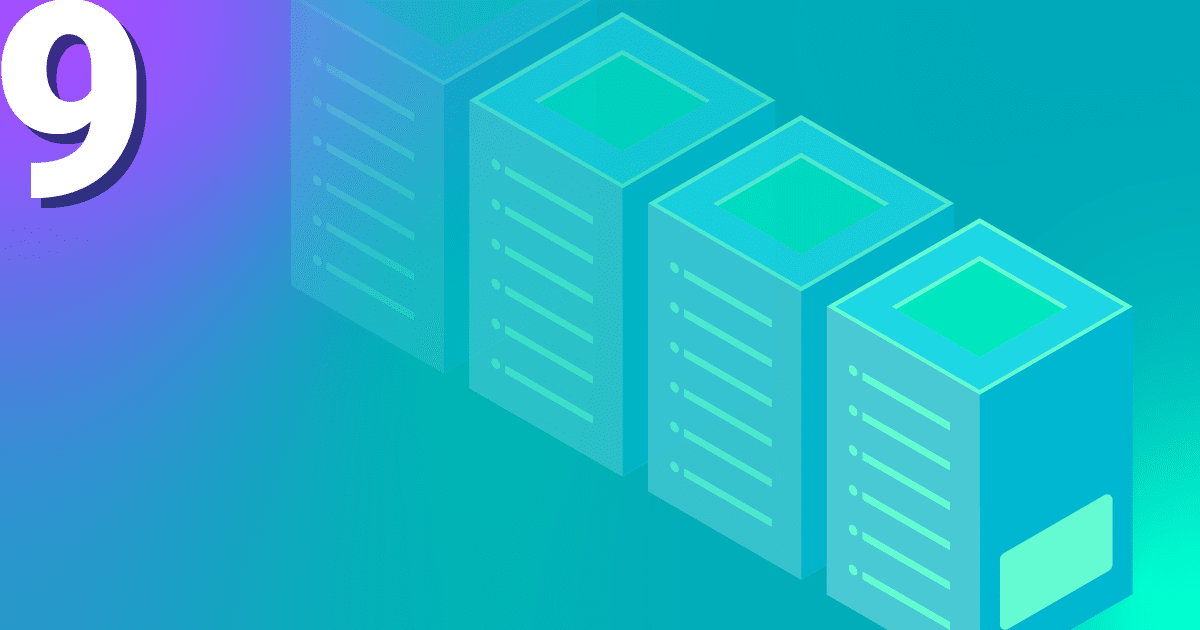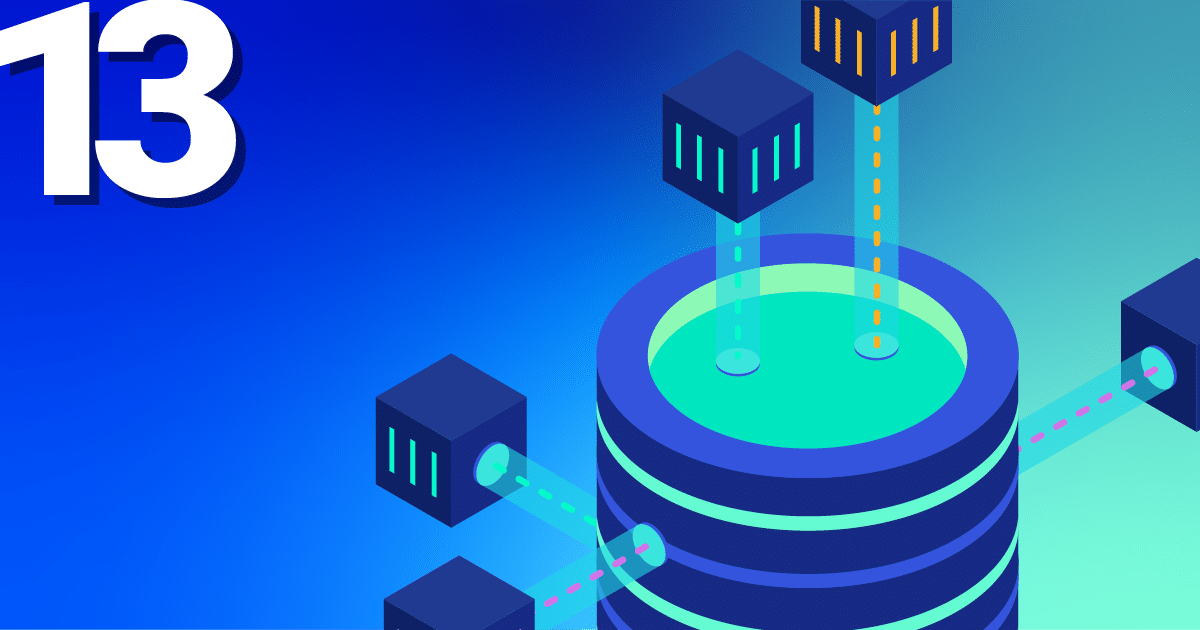Fedora CoreOS is used as the operating system for many Kubernetes clusters. This operating system, which specializes in containers, scores particularly well with simple, automatic updates. Unlike usual, it is not updated package by package. Fedora CoreOS first creates a new, updated image of the system and finalizes the update with a reboot. rpm-ostree in combination with Cincinnati and Zincati ensures a smooth process.
Before we take a closer look at the components, let’s first clarify how you can enable automatic updates for your NWS Kubernetes cluster.
How do you activate automatic updates for your NWS Kubernetes Cluster?
In the NWS portal you can easily choose between different update mechanisms. Click on “Update Fedora CoreOS” in the context menu of your Kubernetes cluster and choose between immediate, periodic and lock-based.
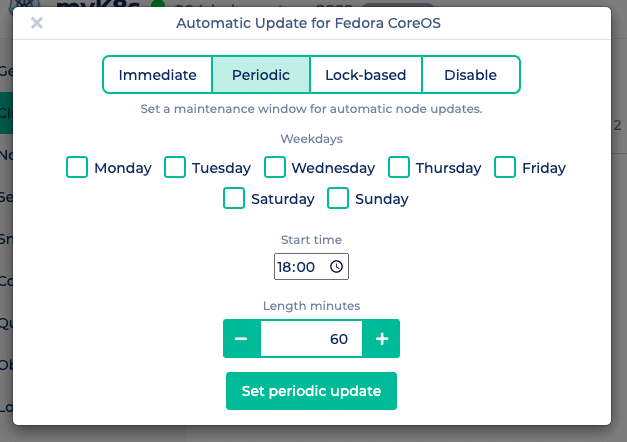
Periodic updates your nodes only during a freely selectable maintenance window. In addition to the days of the week, you can also specify the start time and the length of the maintenance window.
Lock-based uses the FleetLock protocol to coordinate the updates. Here, a lock manager is used to coordinate the finalization of updates. This ensures that nodes do not finalize and reboot updates at the same time. In addition, the update process is stopped in the event of problems and other nodes do not perform an update.
Disable deactivates automatic updates.
So far, so good! But what is rpm-ostree and Zincati?
Updates but different!
The introduction of container-based applications has also made it possible to standardize and simplify the underlying operating systems. Reliable, automatic updates and the control of these – by the operator of the application – additionally reduce the effort for maintenance and coordination.
rpm-ostree creates the images
rpm-ostree is a hybrid of libostree and libdnf and therefore a mixture of image and package system. libostree describes itself as a git for operating system binaries, with each commit containing a bootable file tree. A new release of Fedora CoreOS therefore corresponds to an rpm-ostree commit, maintained and provided by the CoreOS team. libdnf provides the familiar package management features, making the base provided by libostree extensible by users.
Cincinnati and Zincati distribute the updates
To distribute the rpm-ostree commits, Cincinnati and Zincati are used. The latter is a client that regularly asks the Fedora CoreOS Cincinnati server for updates. As soon as a suitable update is available, rpm-ostree prepares a new, bootable file tree. Depending on the chosen strategy, Zincati finalizes the update by rebooting the node.
What are the advantages?
Easy rollback
With libostree it is easy to restore the old state. For this, you just have to boot into the previous rpm-ostree commit. This can also be found as an entry in the grub bootloader menu.
Low effort
Fedora CoreOS can update itself without manual intervention. In combination with Kubernetes, applications are also automatically moved to the currently available nodes.
Flexible Configuration
Zincati offers a simple and flexible configuration that will hopefully allow any user to find a suitable update strategy.
Better Quality
The streamlined image-based approach makes it easier and more accurate to test each version as a whole.
Only time will tell whether this hybrid of image and package-based operating system will prevail. Fedora CoreOS – as the basis for our NMS Managed Kubernetes – significantly simplifies the update process while still providing our customers with straightforward control.




